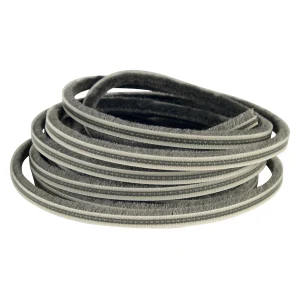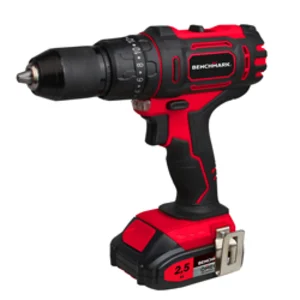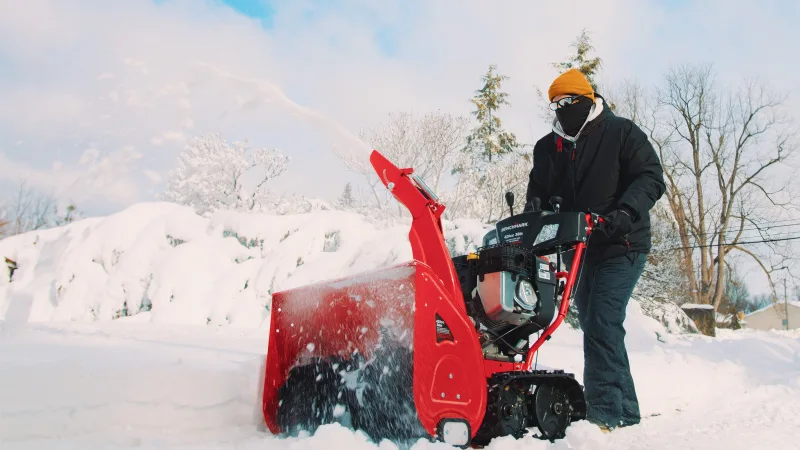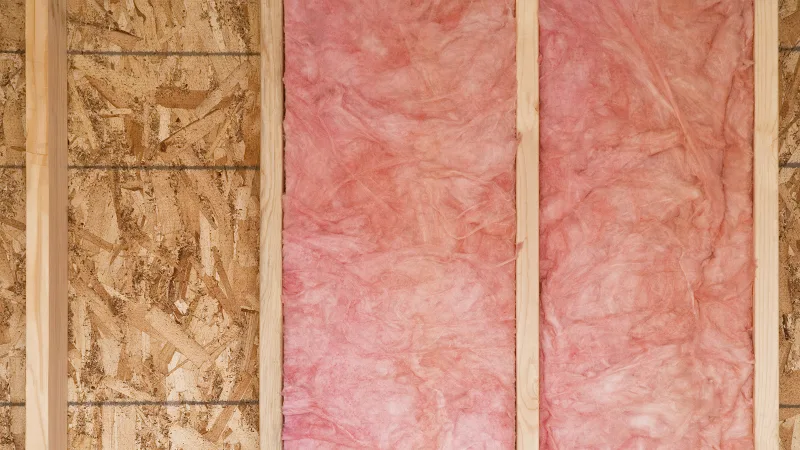Here's How to Prepare Your Home for Snowstorms

Snowstorms, blizzards and extreme winter weather are typical occurrences across Canada.
While most storms are merely an inconvenience, at their worst, they can result in power outages, property damage and more. From protecting your home to preparing for loss of power, here’s how to get your household ready for heavy snowfall and snowstorms.
Damage Prevention
A solid damage prevention strategy to protect your home from snowstorms includes planning and emergency preparation.
Long-Term Planning
Winter storms can arrive suddenly and last all day or overnight. That’s why it’s important to be prepared for heavy snow and ice right at the start of winter. Snowstorm preparation includes protecting your home from property damage and preparing for up to three days of sheltering in place if you’re snowed in and/or lose power. Here’s what you need to do.


TIP: Most of these snowstorm preparation steps should be done annually, as part of your routine home maintenance. Start checking off tasks in early fall, and you’ll be all set by wintertime.
Home Protection Products
Gear up with essential equipment and supplies to help prepare your home for snowstorms and ice.
TIP: While many snowstorm-preparation tasks can be DIYed, you may require professional assistance for roofing projects. Book early in summer or fall to avoid being unprepared for winter weather. Roofing is best tackled before or after the worst of winter weather.
Emergency Preparedness
What to Do if There is a Severe Weather Warning
If a snowstorm or blizzard is forecast for your area, get ready to shelter in place and potentially have to dig yourself out afterward. Preparing for the worst ensures you’re self-sufficient and can make the most of the winter wonderland that is headed your way.

TIP: Avoid going out during a snowstorm, as extreme cold, wind and poor visibility create serious hazards. If you must, go out in pairs, and minimize the time spent outdoors.
Emergency Kit Essentials
Here’s What You’ll Need For Up to 3 Days Away from Home
Create Your Emergency Kit
If you need to evacuate, you may not have time to gather essential items. Plan ahead and keep everything together in a large bin, backpack or hockey bag, so you can quickly load your vehicle and head out. Here are some of the essential things you can add to your kit.
TIP: Divide your emergency kit into two or more backpacks so they are self-contained and portable. Although snowstorms require sheltering in place, portability is important in case you ever need to evacuate due to another emergency.
Damage Prevention
A solid damage prevention strategy to protect your home from snowstorms includes planning and emergency preparation.
Long-Term Planning
Winter storms can arrive suddenly and last all day or overnight. That’s why it’s important to be prepared for heavy snow and ice right at the start of winter. Snowstorm preparation includes protecting your home from property damage and preparing for up to three days of sheltering in place if you’re snowed in and/or lose power. Here’s what you need to do.


TIP: Most of these snowstorm preparation steps should be done annually, as part of your routine home maintenance. Start checking off tasks in early fall, and you’ll be all set by wintertime.
Home Protection Products
Gear up with essential equipment and supplies to help prepare your home for snowstorms and ice.
TIP: While many snowstorm-preparation tasks can be DIYed, you may require professional assistance for roofing projects. Book early in summer or fall to avoid being unprepared for winter weather. Roofing is best tackled before or after the worst of winter weather.
Emergency Preparedness
What to Do if There is a Severe Weather Warning
If a snowstorm or blizzard is forecast for your area, get ready to shelter in place and potentially have to dig yourself out afterward. Preparing for the worst ensures you’re self-sufficient and can make the most of the winter wonderland that is headed your way.

TIP: Avoid going out during a snowstorm, as extreme cold, wind and poor visibility create serious hazards. If you must, go out in pairs, and minimize the time spent outdoors.
Emergency Kit Essentials
Here’s What You’ll Need For Up to 3 Days Away from Home
Create Your Emergency Kit
If you need to evacuate, you may not have time to gather essential items. Plan ahead and keep everything together in a large bin, backpack or hockey bag, so you can quickly load your vehicle and head out. Here are some of the essential things you can add to your kit.
TIP: Divide your emergency kit into two or more backpacks so they are self-contained and portable. Although snowstorms require sheltering in place, portability is important in case you ever need to evacuate due to another emergency.
Damage Cleanup
Recovering after a snowstorm consists of immediate cleanup and repairs, plus mid- to longer-term home improvements to mitigate damage that may become apparent later on. Here’s what you need to know.
What to Do after a Heavy Snowfall
Here’s What to Do Immediately after the Snowstorm Ends
Depending on their severity, heavy snowstorms can lead to property damage, which includes fallen tree limbs, ice dams and roof damage, frozen pipes and more, especially if they are accompanied by extreme cold. Here’s how to clean up your home and prevent damage immediately after the storm.

TIP: If there is a power outage, unplug major appliances. When the power returns, ease the electrical system back into use by turning on the thermostat first, followed by appliances and electronics several minutes later.
Safe Cleanup & Repairs
Here’s What to Look for as the Snow Melts
Some snow and ice damage will be immediately noticeable, while other damage may appear over time — typically as temperatures rise, ice and snow melt, and leaks appear. Here’s a checklist of what to look for in the days and weeks following a heavy snowstorm.

TIP: Once the weather warms up, inspect your exterior for peeling paint, and repaint to protect your wood or brick from future water damage.
Home Repair Products
Be prepared to clear snow and ice, repair damage, and tidy up after leaks or messes. Here are the goods to get the job done.
TIP: Pace yourself when clearing snow — even if using a power snow blower. Intense shovelling, coupled with cold temperatures, can strain your cardiovascular system, so go easy and take plenty of breaks.
Here’s How to Clear Your Roof
Heavy snow accumulation can lead to ice dams, leaks and, eventually, structural damage. While homeowners should never climb ladders or roofs in winter, you can do some basic snow-removal from the ground level. Here’s how to safely lighten the load on your home, garage or shed roofs.















